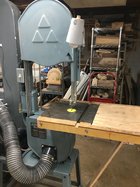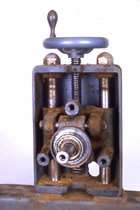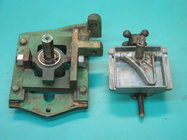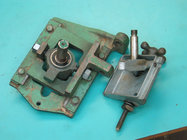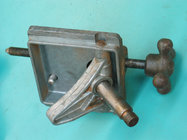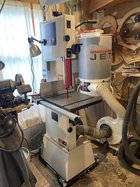- Joined
- Jul 18, 2018
- Messages
- 1,328
- Likes
- 2,862
- Location
- Baltimore, MD
- Website
- loujacobswoodturning.com
I’ve been struggling with a decision on and off for the past several years, and have been reading bandsaw threads here with interest. I’ve had a dependable Delta 14” saw for the past 30 or so years. It does just about everything I want except cut blanks that are thicker than 6”. When the blade is sharp, it performs great and I’ve had no complaints. It only has a 1/2 hp motor and I’ve been debating both adding the riser block to increase cutting capacity to 12” and upgrading to a 1 or even 1 1/2 hp motor. If I go that route, I’ll probably put about $600 +/- into the saw. On the other hand, it looks like I could purchase a new larger saw for $1,400 or so. I’m sure I could recoup some of that by selling the Delta, but I’d hate to let it go. I see folks here I respect (Dave Landers recently, for one) who have sounded happy with their improved Delta machines. I suppose I’m looking for confirmation that sticking with the Delta machine is a wise route to take. For those who have modified their machines, is 1 hp sufficient, or is there a noticeable leap in performance by going to 1 1/2? Opinions?

